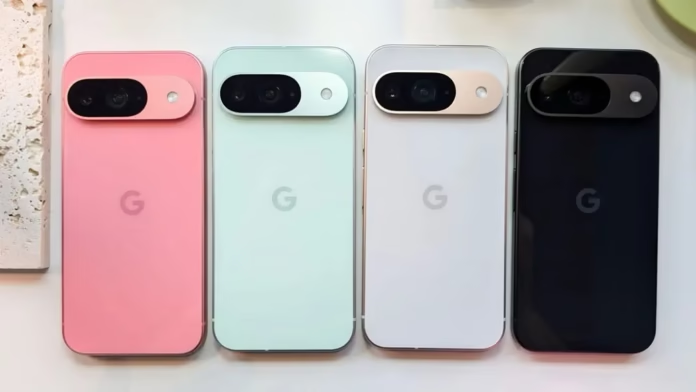The Pixel phones have always been about smart software and clean Android experiences, but one area that’s often sparked debate is the display. With the upcoming Google Pixel 10 series, the tech giant is reportedly taking a much-needed step forward—especially on the Pro models.
So, what’s changing, and why does it matter for everyday users?
A Brighter, Gentler Display for the Eyes
For years, the Pixel lineup has suffered from lower PWM (pulse-width modulation) refresh rates—a technical detail that might not mean much to most, but for sensitive users, it’s a big deal. Lower PWM can lead to eye strain and fatigue, particularly during prolonged screen time.
Now, according to early reports, Google is finally pushing that PWM rate up—at least for the Pixel 10 Pro model. The Pro’s refresh rate could jump from 240Hz to 480Hz, bringing it closer to what Apple and Samsung already offer. While the base Pixel 10 and the Fold model may still hover around 240Hz, the upgrade on the Pro series is a strong signal that Google is finally listening to users.
And it’s not just about smoother flicker—these improvements make the display more comfortable across the board. That’s a quiet win for folks who spend hours on their phones, especially professionals who rely on devices like these for everything from reading reports to editing on the go.
Brightness Gets a Boost Across All Models
Aside from flicker improvements, another welcome update is screen brightness. The Pixel 10 series is expected to bring HDR brightness gains across the lineup.
Here’s a breakdown of what’s being claimed:
Pixel 10: up to 2,000 nits (from 1,800)
Pixel 10 Pro / Pro XL: up to 2,250 nits (from 2,050)
Pixel 10 Pro Fold: up to 1,850 nits (inner) and 2,050 nits (external)
Of course, these figures reflect what’s “declared” in software—real-world performance might be a touch brighter or dimmer depending on lighting and content type. Still, higher brightness means better outdoor visibility and enhanced HDR performance. Not to mention, it positions Google’s display game more competitively in the technology race.
Should You Trust the Rumor?
Well, not entirely. While the sources seem confident, they’re light on concrete proof—no internal docs, no insider whistleblower. That means these specs are best viewed as “likely,” but not guaranteed. If you’ve been burned by overhyped leaks before, it’s worth waiting for official confirmation before making any upgrade decisions.
Why Businesses Should Care Too
It’s not just consumers who benefit from improved devices. With professionals increasingly relying on mobile tech for work, a display that’s easier on the eyes and performs well in bright conditions is a clear productivity win.
For enterprise environments, firms like Arrow PC Network are watching these improvements closely. As a provider of advanced IT Services by Arrow PC Network, the goal is to help clients adopt technology that actually improves daily workflows, whether it’s via mobile-first strategies, employee enablement, or Google ecosystem deployments.
Bottom Line
The rumored Google Pixel 10 series upgrades aren’t revolutionary, but they’re meaningful. Better brightness and a higher PWM refresh rate on Pro models show that Google is refining the Pixel experience for both comfort and clarity.
As always, the devil’s in the details and in this case, the details are starting to look sharper.



